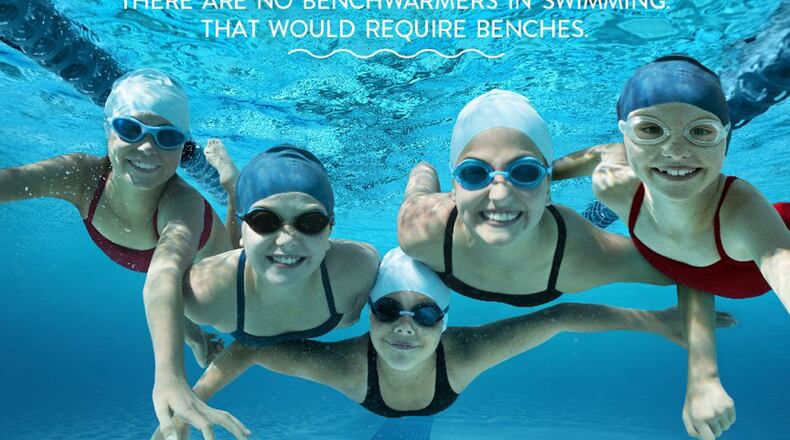Red and white-checkered table clothes, the sound of burgers sizzling and long nights. As the weather warms, we are drawn to cooling off in water — public pools, beaches, lakes.
As summer approaches, this is also a good time to look at ways to create safe swimming environments.
Drowning is one of the leading causes of death in the United States. On average, 3,533 people die as a result of drowning each year, and most of those deaths are children under the age of four who drown in backyard swimming pools.
There are several standard water safety precautions recommended to parents including: keeping children under constant supervision, knowing CPR and enrolling children in swimming lessons. It is estimated 70 percent of African American children don’t know how to swim, according to the USA Swimming Foundation.
Here are 11 tips for keeping children safe around water:
• Designate a "water watcher." This person should not be reading or texting. They should never take their eyes off the children. Adults should take turns and have a designated person watching at all times.
• Even if your child can swim, vigilance is needed. A child can slip and fall, get tired or play a dangerous water game such as "hold your breath."
• Learn to swim and teach your children to swim. Swimming lessons can protect against drowning. Go to www.usaswimmingfoundation.org and type in your ZIP code to find free and low-cost swim lessons close to you.
• Even children who've had lessons must be carefully supervised. Barriers, such as pool fencing, help prevent unsupervised access.
• Learn CPR. In the time it takes for paramedics to arrive, your CPR skills can save a life.
• Talk to your children about water safety. Children should be taught to never go into the water without a parent or guardian.
• Air-filled or foam toys are not safety devices. Don't use water wings, noodles or inner tubes instead of life jackets. These toys are not designed to keep swimmers safe.
• Drowning can happen quickly and quietly. You might expect a drowning person to splash or yell for help. Sometimes, people quietly slip beneath the water.
• Avoid the "everyone is watching, no one is watching scenario." Family and friends gather at a backyard barbecue and pool party. Adults assume everyone is watching the kids, but no one is watching.
• Keep children away from pool drains, pipes and other openings. Drains should be covered with federally approved covers to avoid suction entrapment.
• Install pool fences. More than half of all drownings involving young children can be prevented by four-sided fencing, according to the Centers for Disease Control and Prevention. Fences should be at least 4 feet high and have self-closing, self-latching gates that open outward. The latches should be out of a child's reach.
WATER SAFETY RESOURCES
The Centers for Disease Control and Prevention: www.cdc.gov/HomeandRecreationalSafety/Water-Safety/
Georgia Department of Public Health: https://dph.georgia.gov/pools
National Drowning Prevention Alliance: http://ndpa.org/
About the Author
Keep Reading
The Latest
Featured



